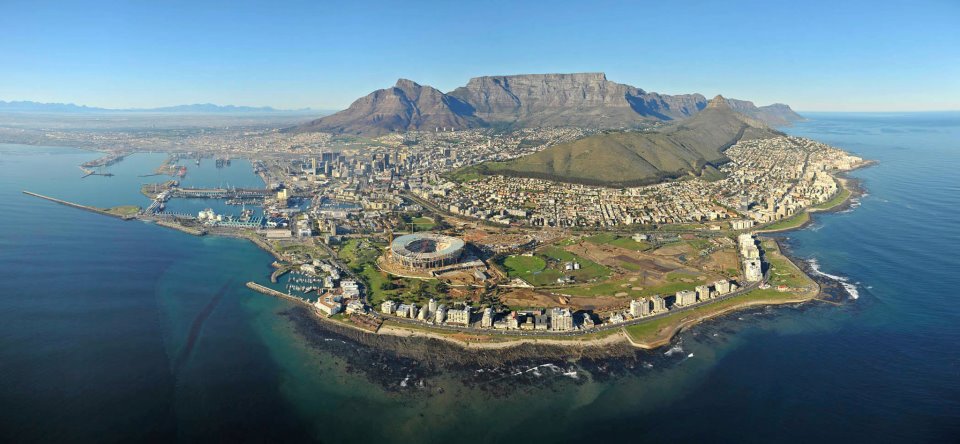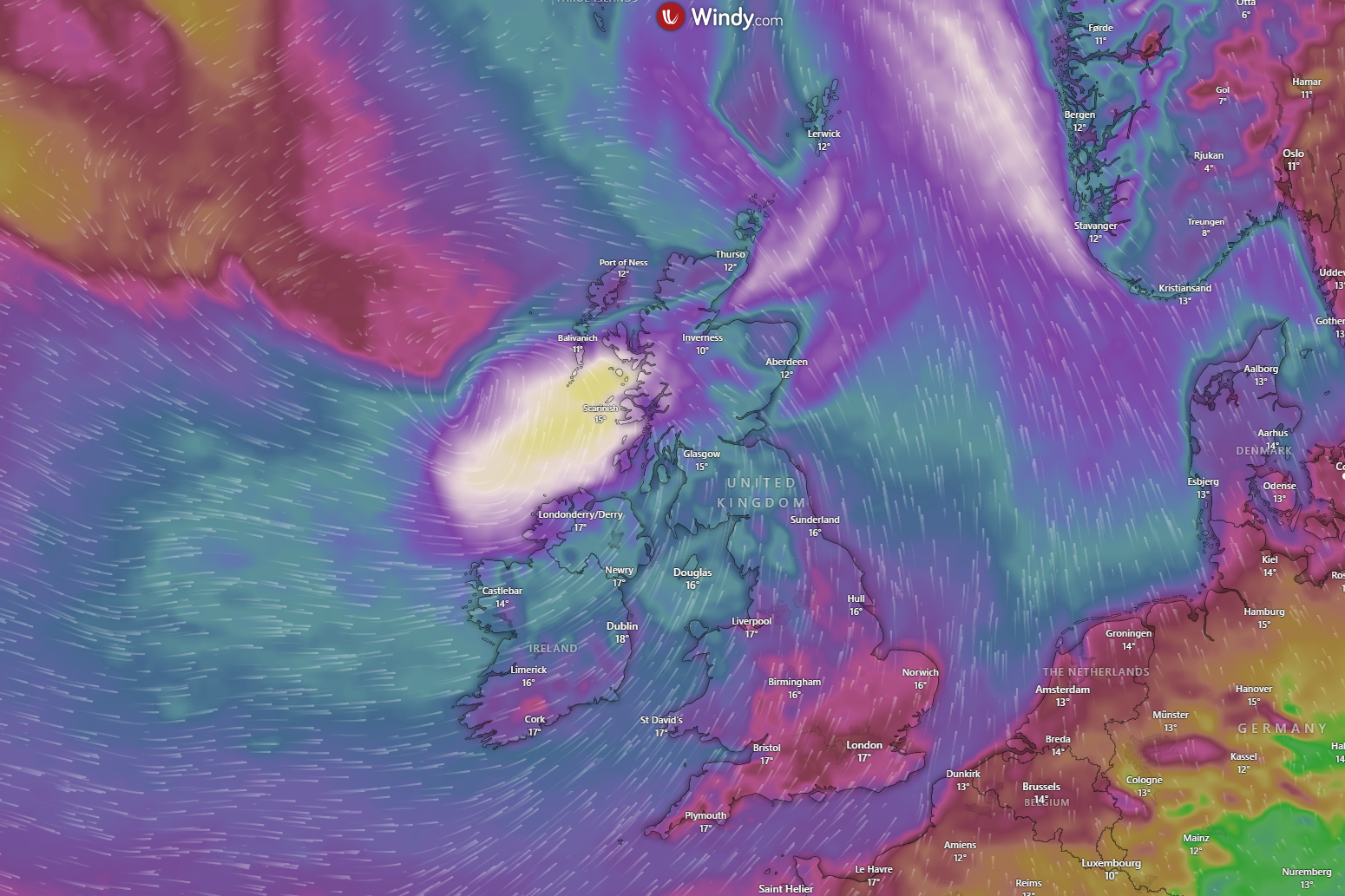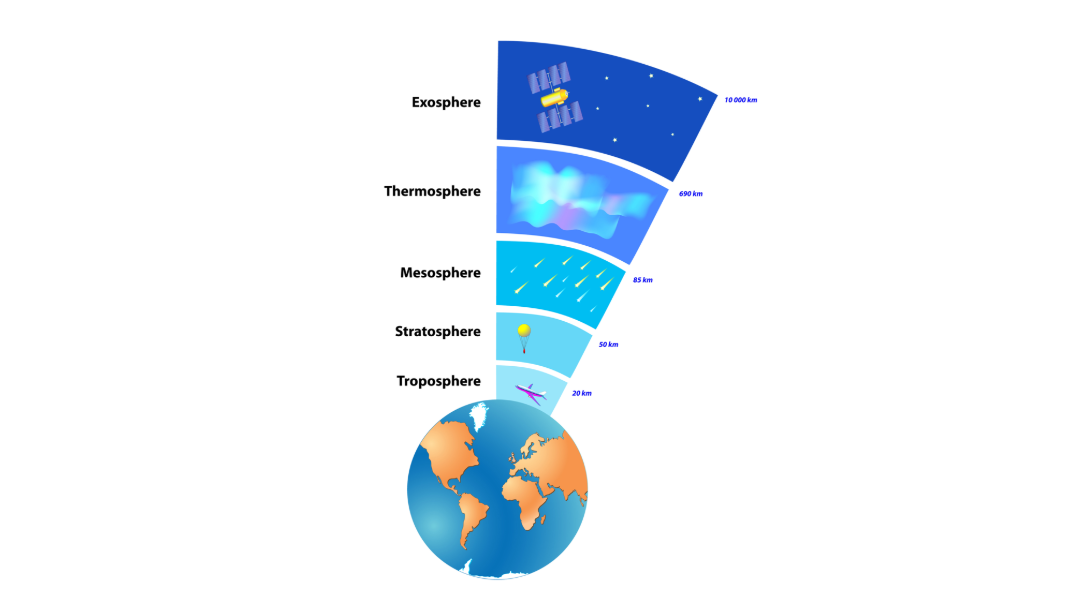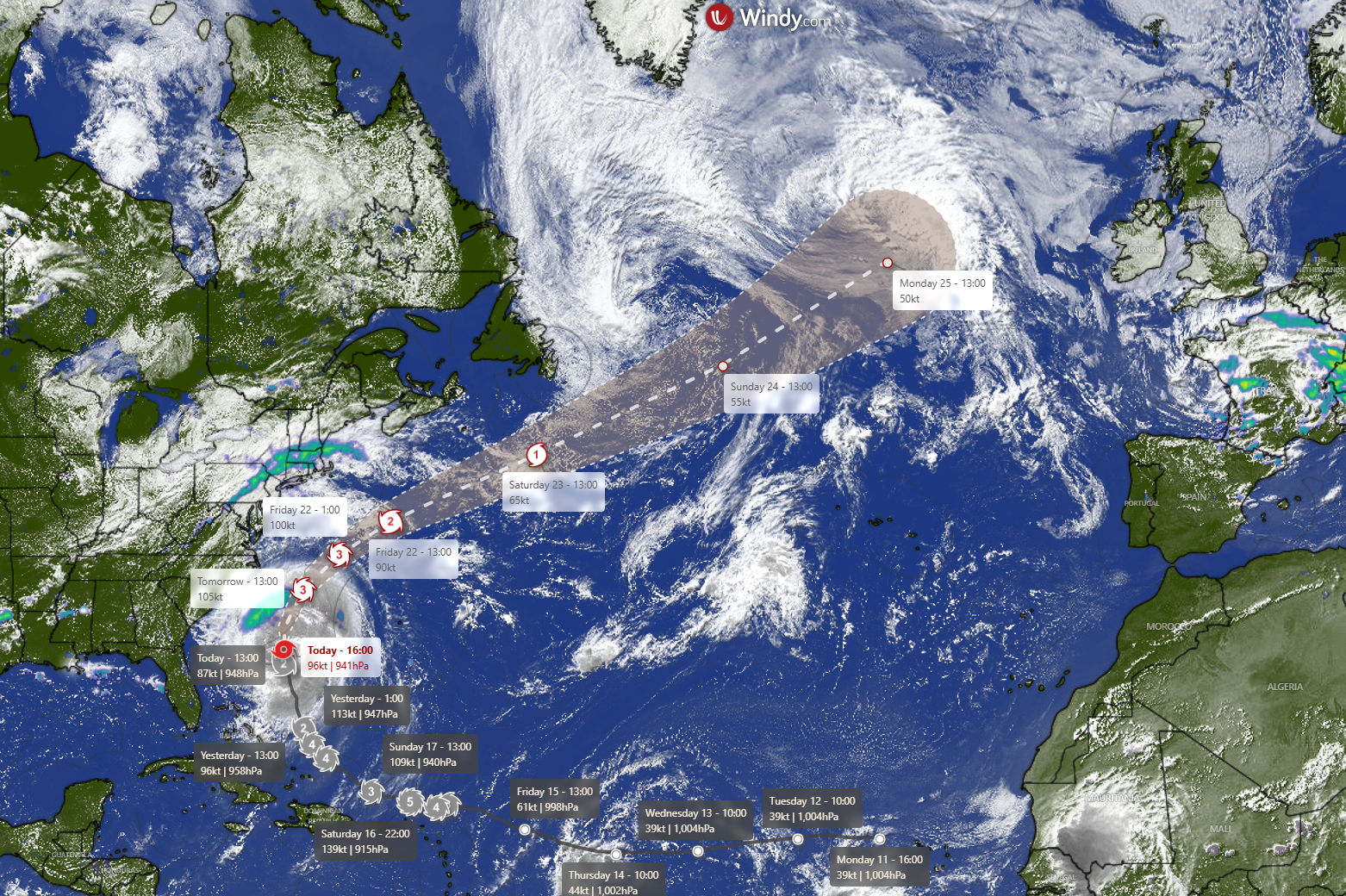

A traveller's guide to Cape Town, South Africa
There is nowhere like Cape Town, The Mother City; it is the perfect blend of grand landscapes and natural wonders, combined with an array of cultures, cuisines and creativity. It is even said that Cape Town can have four seasons in one day - the perfect location for the weather-loving intrepid traveller. The proximity of nature is also a constant source of wonderment here - you can watch zebra and wildebeests grazing on the slopes of the world-famous Table Mountain from the highway.
In Cape Town, summer (December – February) is dry and warm, with daytime temperatures of at least 20°C and nighttime temperatures no lower than 14°C. As such, it attracts lots of visitors at this time of year. Even in the high temperatures of January, the ‘Cape Doctor’ – an infamous strong south-eastern wind that visits the Cape Peninsula during summer – keeps things cool. But things heat up when the ‘Berg Wind’ - a wind blowing in from the Karoo - hits Cape Town.
During the heat, many visitors flock to Cape Town’s pristine white beaches to relax, surf (in the chilly Atlantic), horse ride, or fly kites. Some of these beaches have achieved blue-flag status. The beaches on the western side of Cape Peninsula (including Blaauwberg, Table Bay, Noordhoek, and Scarborough) receive longer sunshine hours. Stunning sunsets are deemed more ‘fashionable’ and include Cape Town’s ‘Riviera’. They also offer more protection from the ‘Cape Doctor’, but the Atlantic Ocean is usually 3-4°C colder than the Indian Ocean on the peninsula’s eastern side. Here the beach vibe is more relaxed and family-orientated, with beaches including Helderberg and Cape Point, which are excellent swimming beaches due to higher ocean temperatures. For those seeking something more challenging, there’s always the opportunity to dive with the great white sharks near Hermanus.
Autumn (March-May) is pleasantly warm and one of the most beautiful seasons, as vineyards appear bright red, orange, brown and yellow, and the countryside hills turn into fields of gold and scarlet. Autumn is, therefore, the perfect season for a trip to the award-winning Cape Winelands, which produce some of the best South African wines. In addition, many tourists choose this ‘off-season’ to travel to the beautiful Constantia valley and Stellenbosch area. These regions provide an ideal microclimate for vine growing. There have been colonial settlements here since the latter half of the 17th century when the Dutch founded Stellenbosch and the French Huguenots settled in Franschhoek; they could see the region’s potential for producing wine.
Winter - or the ‘green season’ - is from June to August, but in Cape Town, it is said to start as soon as the cold front from the Atlantic Ocean rolls in. Winds famously veer to the northwest, and heavy bursts of rains can occur – indeed, the first explorers called the Cape Peninsula the ‘Cape of Storms’. The climate is mild – averaging around 17°C during the day - but can also rise to 25°C occasionally. It is during winter when every season can be experienced in one day, so visitors should pack clothes for all eventualities during this period.
Capetonians name winter the ‘secret season’ because of the unexpected delights that can be experienced during this time of year: For example, climbing the flat-topped Table Mountain and witnessing the small waterfalls splashing from the mountainside. If you’re the sporty type, you can go mountain biking, hike up, abseil down or paraglide off Table Mountain, Black Table or Lion’s Head. There are many other equally gorgeous landscapes around Cape Town, such as the historic Company’s Gardens, Kirstenbosch botanical gardens and Green Point Park.
Cape Town has a broad range of restaurants and cafes in inclement weather. World-rated restaurants, jazz, and gospel tours provide a broad spectrum of cultural experiences. Cape Town also has a cool urban vibe with excellent colourful festivals, art galleries, hip bars, and designer shops. Indeed creativity flows through Cape Town – from the brightly painted facades of the Bo-Kaap (an area of Cape Town, South Africa, formerly known as the Malay Quarter) and the bathing chalets of Muizenberg to the Afro-chic décor in restaurants, bars and buildings.
The temperature rises again in spring (September – November) but is still a pleasantly mild 17-20°C. With its colourful floral displays, Cape Town bursts into bloom, particularly along the west coast. It is the perfect season for whale-watching in Hermanus or Platten Bay. Further afield, the delights of the Garden Route unfold, with more inspiring scenery to be viewed on thrilling drives down the coast and over mountain passes.
It is South Africa’s most cosmopolitan city, yet it has only been open to the world for the last two decades. As such, it offers a sense of discovery – a must for everyone’s bucket list.
Climate of Cape Town
Average min temperature range: 11°C in July to 25°C in Jan
Average max temperature range: 18°C in July to 32°C in Jan
Average driest month: Nov with 9.1 mm and 17 rain days
Average wettest month: June with 120.4 mm and 13 rain days
Average daily sunshine: 5 hours in July to 11 hours Jan/Dec
Microclimates and Wine
Viticulture is the science, production, and study of grapes. In viticulture, different levels of regional climates* are used to describe the terroir (the distinct characteristics of an area).
In viticulture, these levels include:
- Macroclimate refers to a broad area’s regional climate, on tens to hundreds of kilometres.
- Mesoclimate refers to the climate of a particular vineyard site and is generally restricted to a space of tens or hundreds of metres.
- Microclimate refers to the specific environment in small restricted spaces, such as a row of vines.
- Canopy Microclimate refers to the environment around an individual grapevine.
*NOTE: the definitions are different to standard meteorological definitions
South Africa’s extreme weather of 2016
- Snowfall and temperatures down to -6°C occurred in March – three months ahead of the official southern hemisphere winter season.
- A tornado and accompanying golf-ball sizes hail hit Belfast, Bloem and Joburg in February, causing severe damage.
- Flash floods blocked off access to OR Tambo International Airport in November (early summer).
- Several unusually bold rainbows were witnessed.




